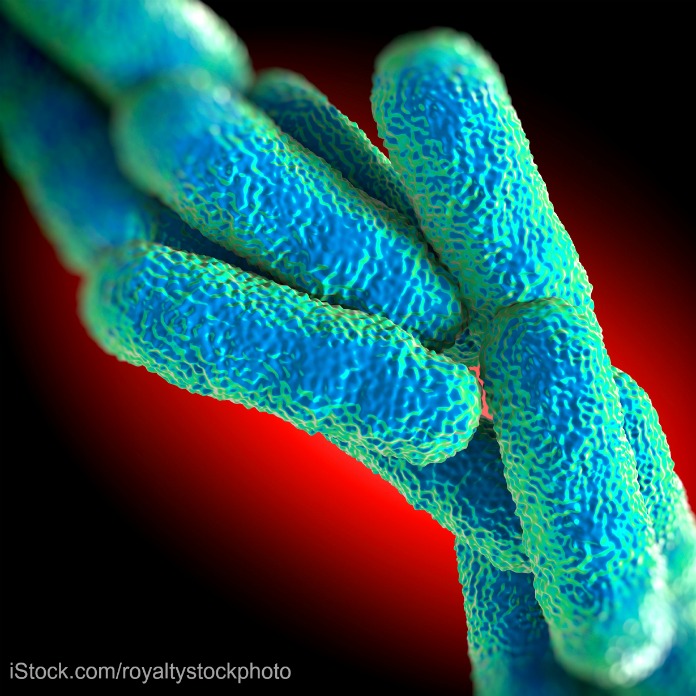The Minnesota State Department of Health is telling the public that food products made and packaged at the Citrus Systems facility in Hopkins are not affected by nor involved in the Legionnaires’ Disease outbreak linked to that facility. Consumers have been calling MDH with questions about this outbreak.

The Citrus Systems building is a beverage processing and distribution facility. They also develop and formulate products, design labels, and offer shipping. The water system used to make the beverages is completely separate from the system used by the cooling towers.
Legionella bacteria do not cause illness through eating food or drinking water or beverages. The infection is also not passed person-to-person. The only way to get Legionnaires’ Disease is by inhaling the bacteria in mist or fine water droplets.
Cooling towers on the Citrus Systems building have been identified as the source of the outbreak, which has sickened 23 people. Seventeen people have been hospitalized, and one person has died.
No Citrus Systems workers were sickened in this outbreak, and there is no evidence that Legionella bacteria got into the plant. Those who were sickened inhaled water vapor from the cooling towers, which are located on the outside of the building. Officials found the outbreak strain of Legionella bacteria in the Citrus Systems cooling towers.
Citrus Systems has cleaned and sanitized its cooling towers. They did so on September 27, 2016. There have been no new diagnosed cases of Legionnaires’ Disease in Hopkins since September 22, 2016, although some new cases could still be reported to public health officials.
If you live or work in the Hopkins area and have experienced the symptoms of pneumonia, please see your doctor. This is a treatable illness, but best results occur if it is treated with antibiotics at an early stage. Unfortunately, many with this illness are first diagnosed with pneumonia. When more people go to their doctors with these symptoms, then doctors will test for Legionnaires.
The early symptoms of Legionnaires’ Disease are headache, muscle pain, chills, and a fever that may be very high. The next symptoms to develop include a cough that may produce mucus or blood, shortness of breath, chest pain, nausea, vomiting, and diarrhea. The mortality rate of this illness ranges from 5 to 30%.




